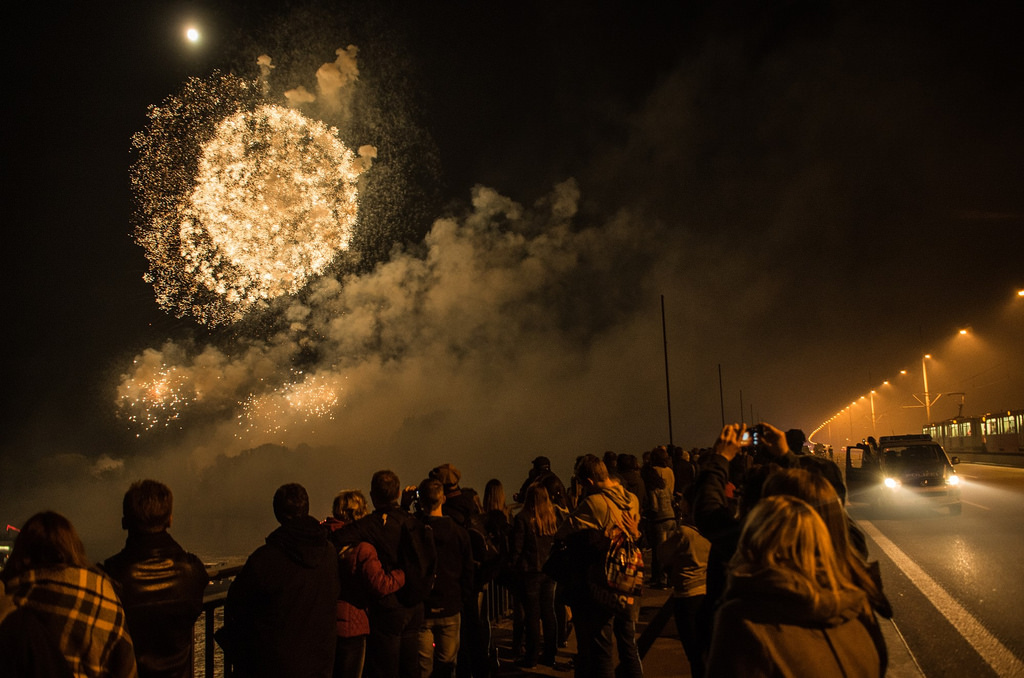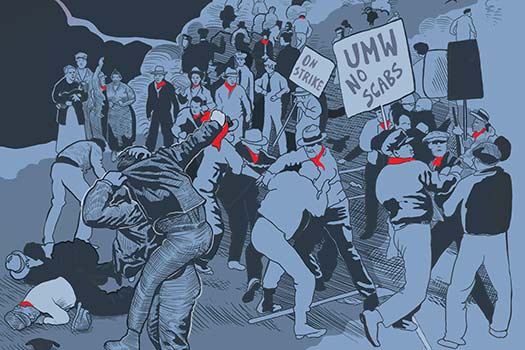“The presence of uniformed and adversarial police, call and response chants, and the shifting division of physical space into areas inside and outside the crowd all serve to create feelings of cohesion and solidarity between participants. These features also tend to preclude direct interaction with other participants or with bystanders. Personally, I’ve never been approached by a stranger at a protest to speak about why we were there or our hope for the future, nor have I, until very recently, tried to start those conversations myself. Instead, the relationships formed by this style of mass action are between individuals and the identity of the crowd, often a movement or political organization.”

Stuart Anderson, my collaborator on the Fauna: a Penny Press project, recently wrote up a short article reflecting on the last week of protests in Pittsburgh and elsewhere. I found this to be an intriguing contribution to the ongoing “we need new tactics” conversation:
“Without a crowd to melt into and a uniformed police force to oppose, these actions could also bind people to each other through shared experience in small groups, rather than to an organization or movement. Lacking the innate confrontation of a large crowd or the semi-anonymous distance of social media, they might also be more successful at creating opportunities for engagement with a broader public still struggling to understand its place in the interlocking systems of oppression that have shaped American cities.”
“Fireworks: An argument for dispersed, low density, nonviolent mass action” (via Medium).







